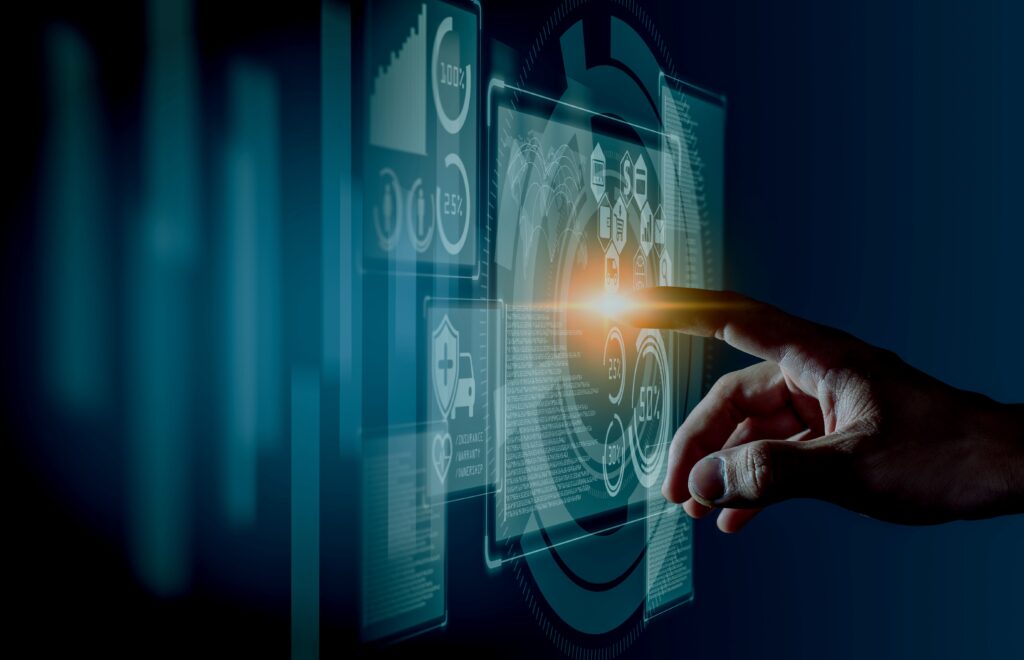Background
Internet of Things (IoT) sensors have experienced explosive growth during the last decade and are poised for continued mass-scale adoption in smart cities, manufacturing, energy, healthcare, and automotive industries, including the forthcoming autonomous vehicles markets. This explosive growth has exposed issues that are beginning to negatively affect the adoption of IoT sensors in many industries.
Network interoperability and cybersecurity are the two most important challenges consistently identified in sensors industry surveys and market reports and they are the biggest impediments to market growth. These issues manifest themselves in increased implementation costs, added complexity to systemwide cybersecurity solutions, and result in closed-loop/proprietary system solutions that reduce free-market competition. Another major concern is that IoT sensor devices (that also include actuators) are not positioned to take full advantage of the IoT features and capabilities

Objectives
- Fast initial development and incremental releases of standards, test specifications, recommended practices/guidelines, data sheets, and standardized data.
- Platform independence and accommodation for leading access methods.
- Standards architecture built on widely adopted and open standards.
- Independent certification program that supports the standards and test plans.
- List complying products on IEEE Sensors Registry
- Extensibility for different sensor types.
- Open, unified, and cybersecure guidance developed for connecting IoT smart sensors and devices to applications that address issues, vulnerabilities, and threats.
- Targeting specific market segments.
These objectives can only be achieved with industry commitment to implement recommendations.
